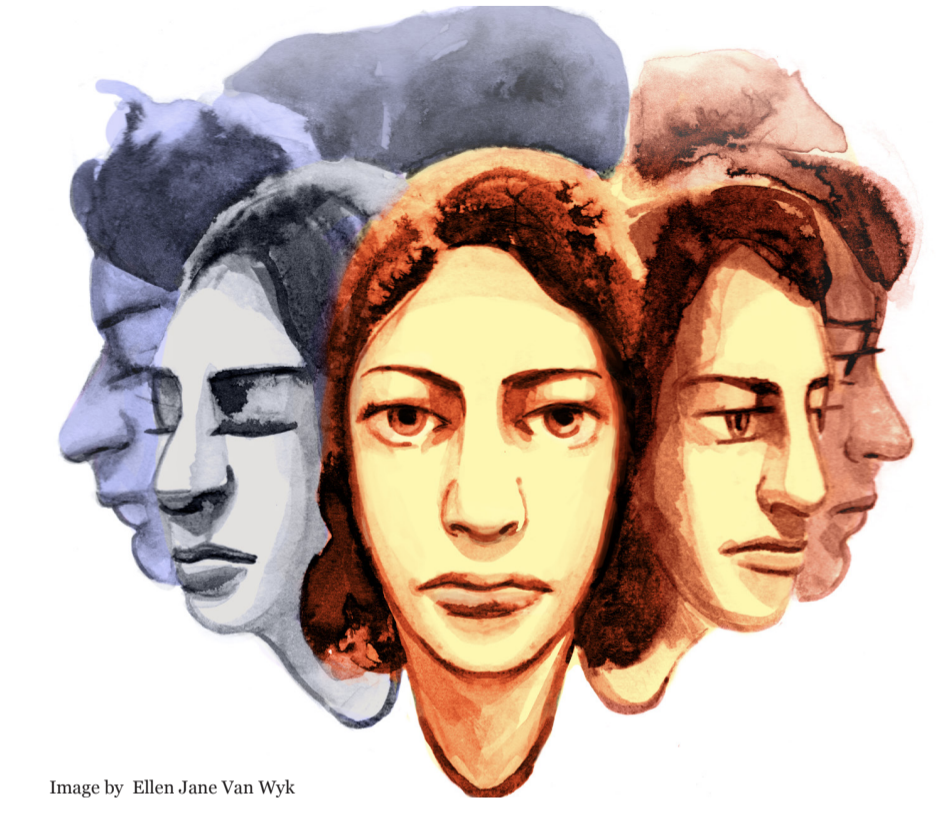From the blaring televisions to all-in-one smartphones, it is easy to focus attention towards screens at all moments of the day. Increasing technological advancement has brought mankind into an era of unparalleled convenience. But, there is at least one side-effect.
Developments in technology are transpiring at a rate never before experienced in the short existence of the human species. As the days become artificially longer and nights shorter, sleep has been replaced by other activities. Indeed, according to Professor David G. Meyers of Michigan’s Hope College, young
adults sleep less now than they did even a century ago [6].
With the constant dim glare of handheld electronic devices and the fluorescent light bulbs hanging overhead, it raises an interesting question: Do the technological conveniences of modern society affect the nature of sleep?
A fascinating and delicate process known as the circadian rhythm regulates sleep. This is the cycle that causes feelings of fatigue at night and alertness during the day.
Different components of this complicated “biological clock” work together and use environmental cues to maintain homogeny with the light-dark cycle of the day [10]. The most prominent environmental cue is simply the change in light that occurs as day transitions to night.
Throughout the day, the internal biological clock signals different periods of drowsiness, the strongest of which occur in the early morning and mid-afternoon [7]. In addition to light levels, many other factors, such as social habits, are important in the regulation of the circadian rhythm. With a myriad of circadian rhythm influences, otherwise known as “desynchronizers”, it is quite easy to knock the sleep-wake cycle out of line.
"Light" Sleeping
The circadian rhythm maintains wakefulness during brighter periods of the day through a cluster of cells called the suprachiasmatic nuclei. This cell cluster, referred to as the SCN, uses light information from photoreceptors in the eye to interpret the time of day. Reliance of the SCN on the day-night cycle is why bright light causes alertness and darkness results in fatigue [7].
Although the internal clock continues to function without light in-formation (e.g. for someone living within a cave), its rhythm is offset, from the typical 24 hour cycle, by an hour or two [10].
A protein, suitably called CLOCK, is an important regulator of the circadian rhythms. CLOCK works in conjunction with a metabolic protein called SIRTI1, to maintain the circadian balance. However, if these proteins are disrupted sleep cycles and cellular energy consumption become disordered. This, of course, indicates that one potential function of sleep is to promote efficient energy expenditure [5].
Given the light-dependent nature of the circadian rhythm, it is interesting to consider the implications of modern light producing gadgets on the ancient biological clock. This effect is most commonly observed in technologically capable adolescents, where research has shown a positive correlation between time spent on electronic media and sleeping difficulties.
A study published in SLEEP, a sleep-dedicated research journal, showed that adolescents who watched more television reported delayed bedtimes and a greater overall level of tiredness. These findings were mirrored when the researchers investigated internet and video game use in adolescents [1]. Additionally, a recent review of 36 different studies researching the effect of such light-use on adolescent sleep found that prolonged television and computer use “decreased overall sleeptime, prolonged sleep onset latency, and delayed bedtime" [2]. The review suggested that the light produced by electronic devices could fool the SCN into producing alertness in the brain during the day [2].
The Rhythm of the Animal Kingdom
Though it may seem an inefficient use of time, it is very probable that humans have evolved their sleep behaviors in order to increase the likelihood of survival. For example: because, humans are poorly equipped to handle darkness, sleeping through the night would allow them to avoid accidents, such as falling, or nocturnal predators with excellent low-light vision.
It is not surprising that examples of circadian rhythm are found throughout biology. Fruit flies, similar to humans, have a daily resting period, which lasts roughly ten hours everyday. And like humans, when their cycle of sleep is disturbed, longer periods of rest are taken to compensate for lost sleep. Other organisms such as birds, amphibians, and fish show similar needs for a sleep-like state.
A New Plane of Thought
The desynchronization of the circadian rhythm is not solely affected by modern electronic devices, but also by other staples of modern life – jet lag for example. When someone flies across time zones where there is differentiation between cycles of light and dark, the result is a disruption of the internal 24 hour clock. If moving forward across time zones advances this light and dark cycle, then it takes about 90 minutes per day to resynchronize the circadian clock, and when the rhythm shifts backward as a result of a delay, it takes approximately 60 minutes per day [5]. This constant resynchronization persists in an attempt to return our sleep-wake cycle once more to a state of equilibrium. Jet lag is essentially the physical manifestation of these shifts in our internal sleep clock, causing shifts in our sleep habits, and by extension, our behavior [5].
Conclusion
It is easy to take sleep for granted. However, to reflect on the fragility of sleep ultimately leads to questioning our social lives and before-bed habits. Such behaviors can increase the risk of sleep disorders and health complications.
The biological clock plays a vital role in our day-to-day lives and one ought to take caution not to disrupt this equilibrium. The effect of gadgets, jetlag, and other desynchronizers on our sleep cycle is a stark reminder that although technology continues to advance, our age old physiology remains the same.
